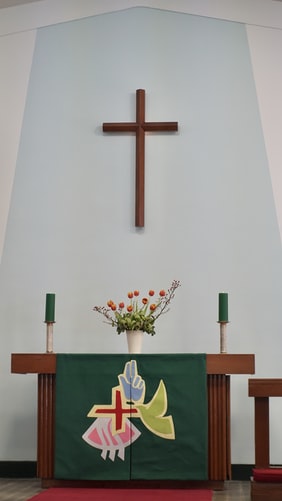

Vastu Shastra, which literally means “the science of architecture,” sets out the plan, construction, proportions, ground planning, room configuration, and spatial geometry rules for a home or other built-up building, often integrating conventional Hindu (and even Buddhist) religious beliefs. Vastu Shastra ideas and principles are templates for organising space and shape within a room or a group of rooms or structures based on their functions in relation to one another, as well as their purpose and use.
A house is called a living soul in Vastu Shastra, which strives to balance the five elements (earth, fire, water, space, and air) to attain the highest degree of positive energy. Each home or living room has its energy, and a house must radiate the right kind of energy in order to be harmonious and peaceful. The mental health of each living member is affected by the energy of the household. Vastu not only portrays architectural ideas for designing a building, but it also includes instructions for home interior design, such as room layouts and decorations. You may be blessed to have already a Vastu-compliant home or building (including office spaces), but if that is not the case and you do want a Vastu-compliant home, the ancient guide reflects ways as to how we can negate the negative energies or rectify the structures which are ill-placed
Vastu shastra for pooja rooms are highly recommended because the pooja room is an epicentre of positive energy. Due to a lack of space or other limitations, it is often missed or overlooked, but having a pooja room or a mandir at home is a sure-fire way to keep negative vibrations at bay.
But where do you even begin?
Don’t worry; JD Institute Of Fashion Technology is here to guide you through the process of transforming your pooja room into an oasis of peace and positivity using Vastu Shastra principles:
Which way should God face when he’s at home? In the pooja room, idols must not face one another or the door. They should preferably be in the northeast but not too close to the wall.
If you’re interested in Vastu Shastra, the JD Institute of Fashion Technology is one of the best institutes with a 30-year legacy, offering Vastu Shastra courses, which will help talented designers understand how energy levels affect spaces and vice versa. JD Institute’s vision is to provide students with the best equipment, cutting-edge technologies, and a resource library, among other aspects, so that no external influence stops them from achieving their ambitions and competing with industry leaders.
Due to their outstanding contribution to education, JD Institute has won several awards, for example- the international glory award, the times’ power icon award, leaders in education award etc. It also reflects a record-breaking placement rate of 99%, ensuring that talent meets opportunity with their students working for top companies like Zara, Sabyasachi, Tommy Hilfiger, etc. and making a name for themselves such as Maheka Mirpuri, Rocky S and Shane peacock, to name a few.
The students are chosen using a GAT, or general aptitude test, developed by the department to help the institution evaluate the candidates’ creative or artistic skills. This is a more qualitative evaluation since it helps the applicant to demonstrate their problem-solving or innovative thinking abilities and is accompanied by a personal interview. The JD council is a helpful tool for students to keep in touch with the institute and their peers. Enrol now to begin your road to success!